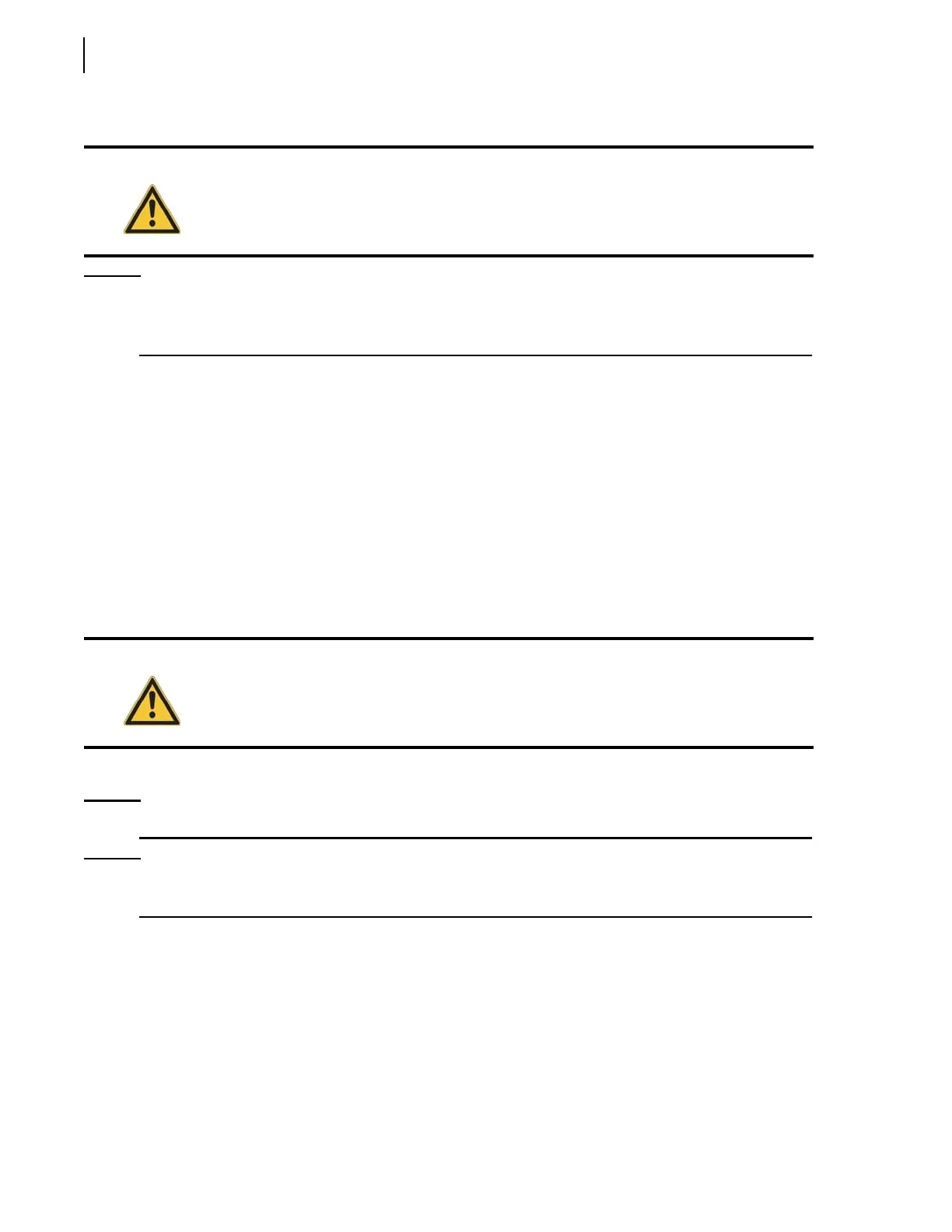132 Hydraulic System
18. Prime the new pump (see Priming a New Pump on page 136).
NOTE: Labrie Enviroquip Group strongly recommends you change the filter element and the
hydraulic oil as well as clean the hydraulic tank after installation of a new pump (see Replacing
Filter Elements on page 154 and Replacing Hydraulic Oil on page 156).
C. To replace a pump on a PTO shaft, apply the following procedure:
1. Disengage the pump and turn off the engine.
2. Make sure the parking brake is applied and the vehicle is tagged out for maintenance purposes
(refer to “Locking Out and Tagging Out the Vehicle” on page 12).
3. Close the shut-off valve (see Figure 2-3).
4. Loosen the breather cap on the hydraulic tank to depressurize the tank.
If tank is of the pressurized type.
5. Disconnect the electric coil on the dump valve, if equipped.
6. Place a pan under the pump to catch dripping oil and unscrew all hydraulic hoses (4) that are
attached to the pump.
7. Remove the dump valve.
NOTE: The dump valve is usually, but not necessarily, located atop the pump.
NOTE: Always reinstall the dump valve and its components (shims, block assembly) as they were
before uninstallation. Make sure you do not invert them.
8. Remove the suction block (see Figure 5-6) and save it for the new pump.
Caution!
Check level of hydraulic oil in tank. Add oil if needed.
Caution!
Before disconnecting hydraulic hoses from the pump, place a pan under it to catch oil that
may drip down from disconnected lines.
